
The Problem: Recyclable products in landfills










Recyclable products have nowhere to go
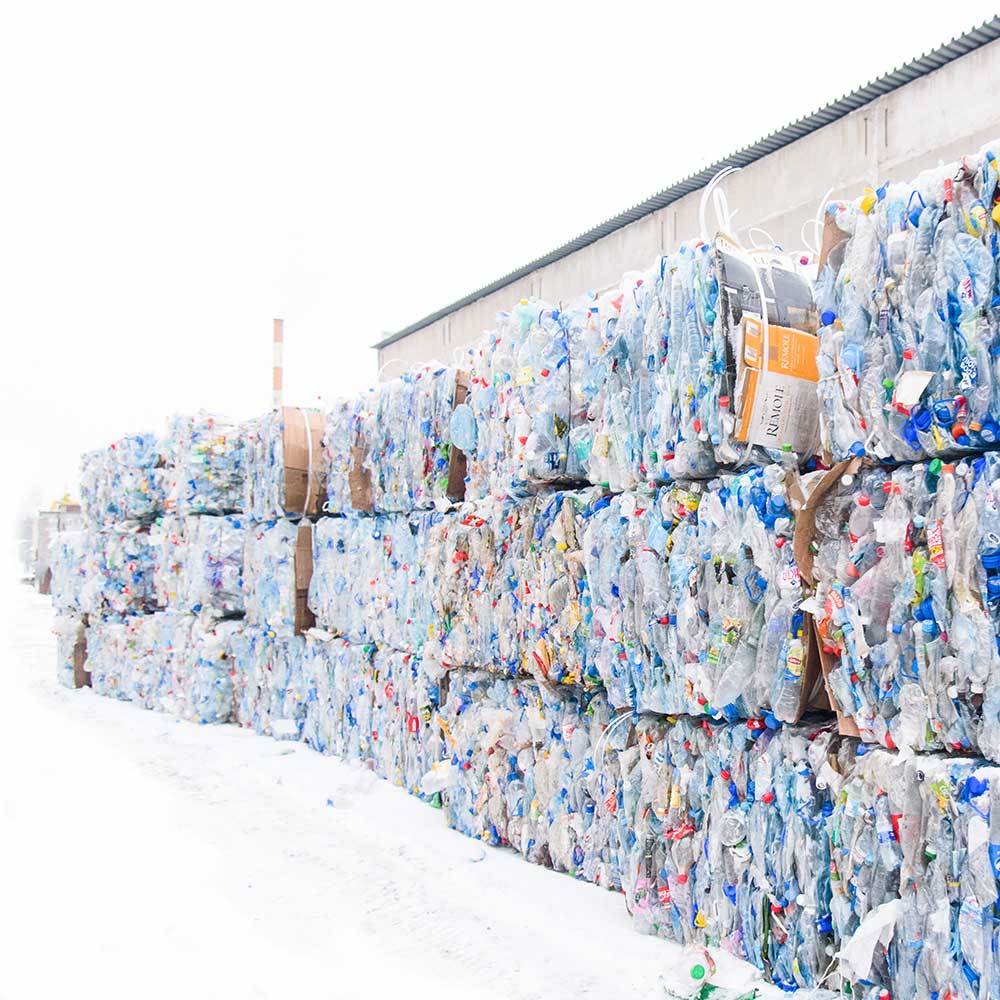











Rubber Tires
Compounding the issue is its growth, driven by the expanding global population, particularly the rising middle class in poorer countries gaining increased access to vehicles. This surge in vehicle use results in higher tire replacement rates, further exacerbating the challenge of dealing with the mounting volume of waste tires.
The composition of tires, incorporating natural and synthetic rubber, polymer fabric, high-carbon steel reinforcing wire, and various fillers, contributes significantly to large landfills globally. Shockingly, at least two-thirds of the billions of tires discarded worldwide each year end up in legal or illegal waste sites, occupying substantial landfill space.
These waste tire dumpsites not only pose environmental hazards but also attract disease-carrying rodents, rendering the land useless and emitting harmful chemicals into the atmosphere as the tires slowly decompose. The disposal problem extends to the method of incineration, as burning tires releases carcinogenic and mutagenic toxins into the atmosphere. Despite the potential for relatively safe incineration using advanced air emission control systems, the high cost renders these systems inaccessible to waste management in developing countries and often unprofitable in larger economies.
Furthermore, the environmental impact extends beyond landfills, as used tires are frequently found discarded in natural environments, rivers, and oceans. Research, such as a 2017 study by Pieter Jan Kole at The Open University of The Netherlands, indicates that tires contribute significantly to overall microplastic waste in the world’s oceans, accounting for as much as 10 percent. Another report by the International Union for Conservation of Nature in 2017 places this number at 28 percent, underscoring the pervasive and detrimental influence of discarded tires on global ecosystems. Addressing this multifaceted issue requires urgent and coordinated efforts on a global scale to develop sustainable solutions for tire disposal and recycling.
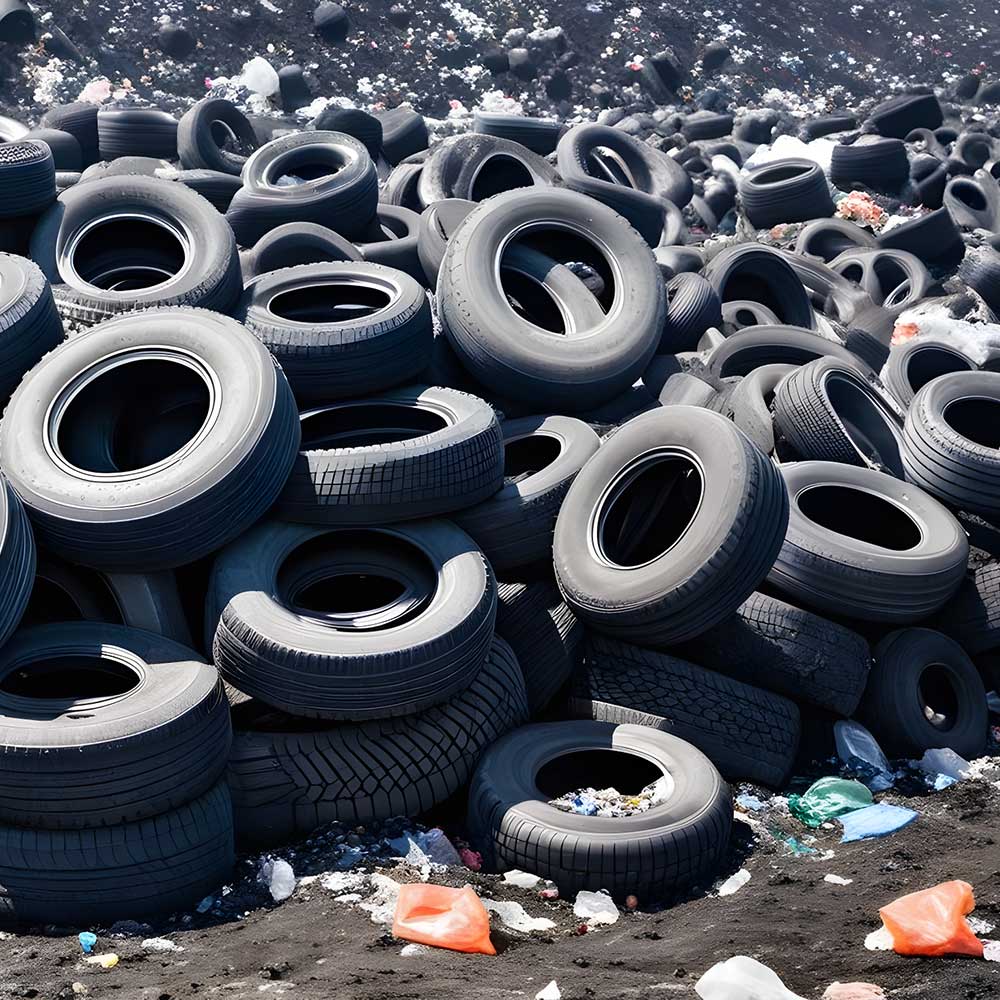


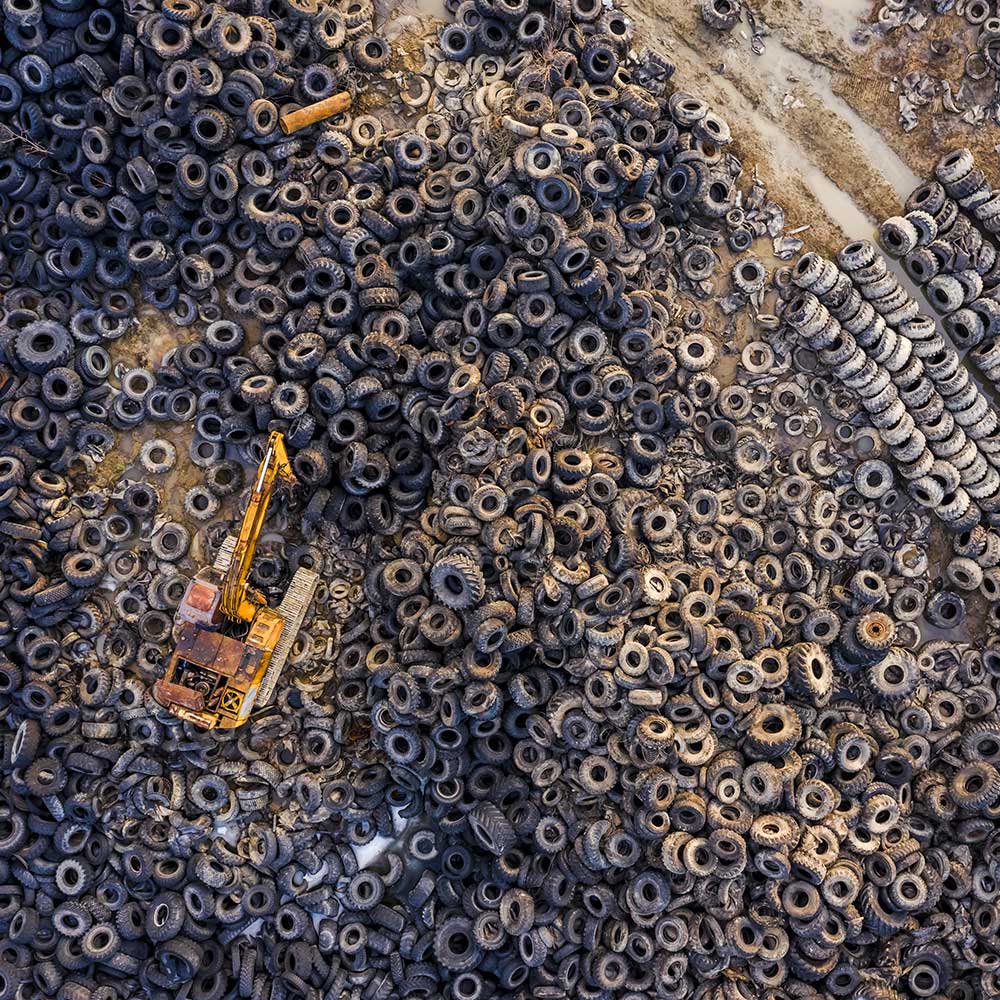














Rubber Tires
Compounding the issue is its growth, driven by the expanding global population, particularly the rising middle class in poorer countries gaining increased access to vehicles. This surge in vehicle use results in higher tire replacement rates, further exacerbating the challenge of dealing with the mounting volume of waste tires.
The composition of tires, incorporating natural and synthetic rubber, polymer fabric, high-carbon steel reinforcing wire, and various fillers, contributes significantly to large landfills globally. Shockingly, at least two-thirds of the billions of tires discarded worldwide each year end up in legal or illegal waste sites, occupying substantial landfill space.
These waste tire dumpsites not only pose environmental hazards but also attract disease-carrying rodents, rendering the land useless and emitting harmful chemicals into the atmosphere as the tires slowly decompose. The disposal problem extends to the method of incineration, as burning tires releases carcinogenic and mutagenic toxins into the atmosphere. Despite the potential for relatively safe incineration using advanced air emission control systems, the high cost renders these systems inaccessible to waste management in developing countries and often unprofitable in larger economies.
Furthermore, the environmental impact extends beyond landfills, as used tires are frequently found discarded in natural environments, rivers, and oceans. Research, such as a 2017 study by Pieter Jan Kole at The Open University of The Netherlands, indicates that tires contribute significantly to overall microplastic waste in the world’s oceans, accounting for as much as 10 percent. Another report by the International Union for Conservation of Nature in 2017 places this number at 28 percent, underscoring the pervasive and detrimental influence of discarded tires on global ecosystems. Addressing this multifaceted issue requires urgent and coordinated efforts on a global scale to develop sustainable solutions for tire disposal and recycling.










Plastics
The main problem with plastic is that it can last forever. Not only is it an eyesore, but plastics contain chemicals such as BPA’s, which we now know leach into our food, water, and ultimately our bodies. Innovators are always searching for ways to make recycling better and more efficient. Still, the amount of plastic in our landfills and water is so large that a more immediate and long-term solution must be made.
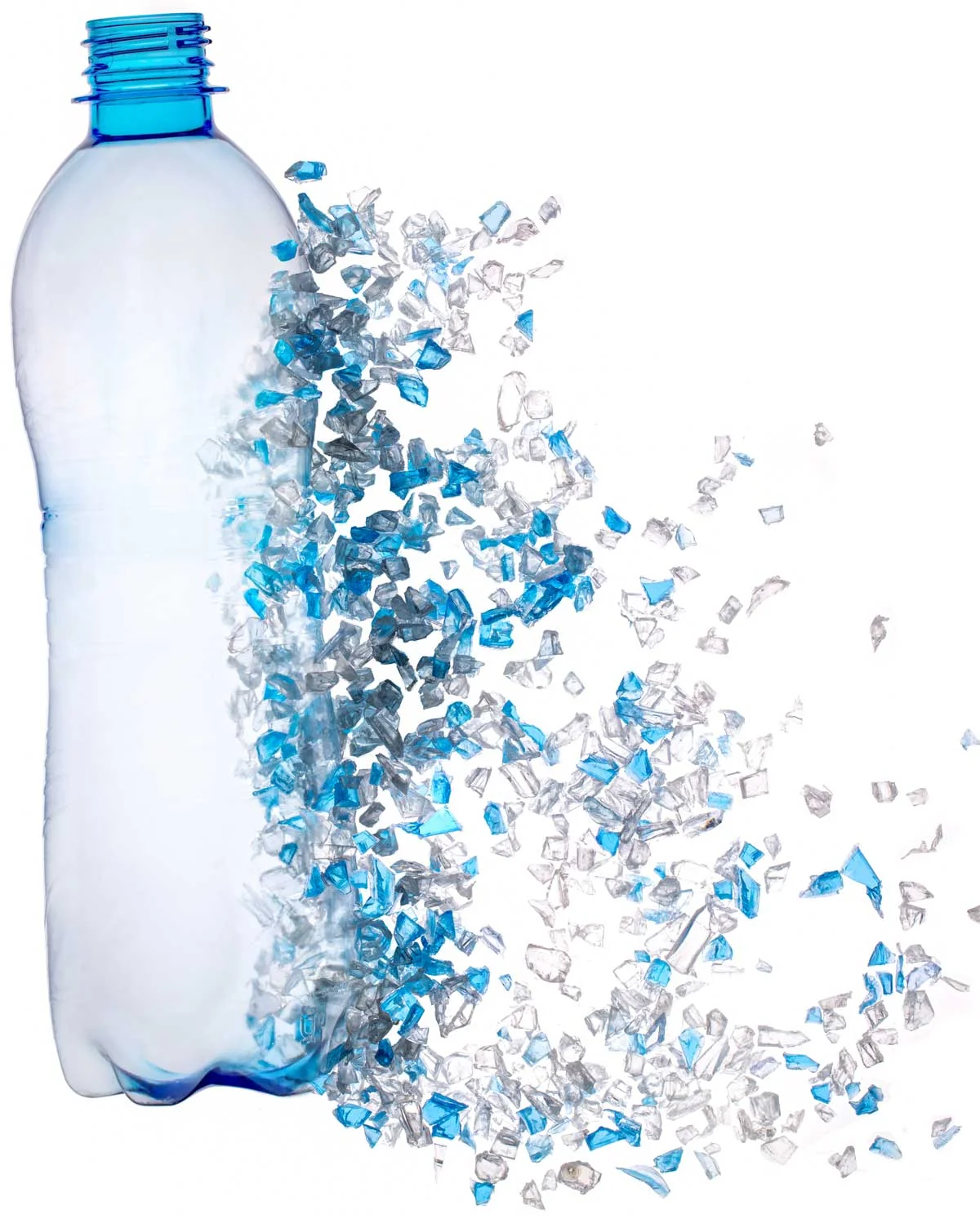











Plastic Waste




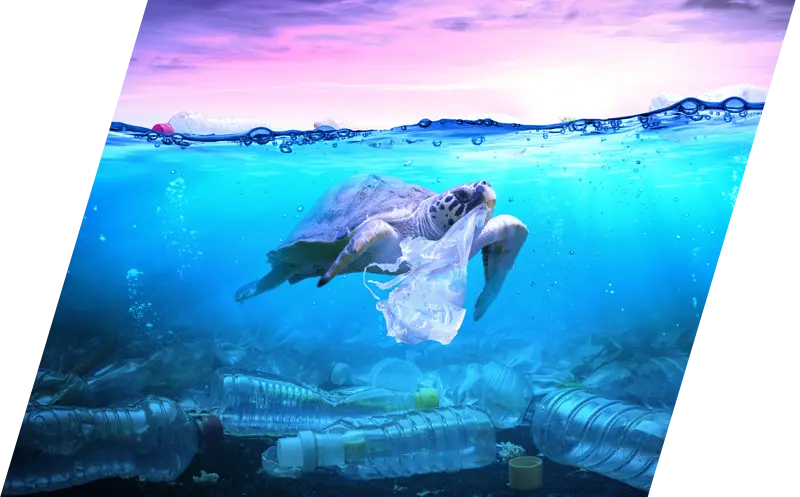











A CLEARER PICTURE
- Despite society being focused on reducing current usage, the pace of plastic production shows no signs of slowing.
- Recycling is only addressing 9% of total production.*
- Incinerating or landfilling compounds the problem by releasing harmful toxins into the air and leaching into groundwater.
- Studies show that microplastics are showing up in our food chain (i.e., animal tissues, sea salt).
- Available landfill capacity is diminishing <25 years.*
- Legislation globally is trending towards bans on plastics in landfills, but only in developed countries.
- Global markets for recycled plastics are shrinking or shutting down due to oversupply and low demand.
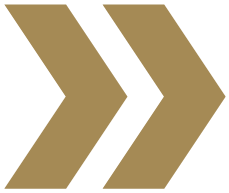













Our Solution: Recyclable Products to Biofuel


















